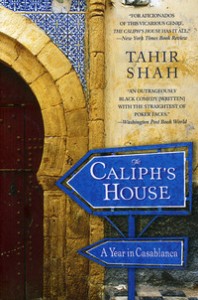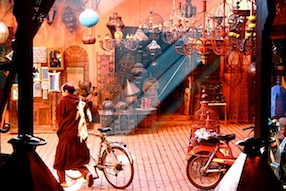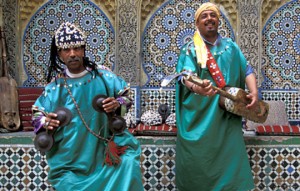Archive for September, 2013
Before visiting Morocco there are some must read books that will enhance your travel experience. From guide books to fiction and non fiction taking hold of a vacation whether you are traveling on budget or a luxury private tour is easily done. It is also important to have a good…
Marrakech’s hippest shopping destination is rue Mouassine in the Marrakech Medina. Bab Laksour and the Marrakech medina’s Mouassine district is an intimate introduction for first time visitors to Marrakech. The Mouassine in the Marrakech medina boasts many trendy, fashionable boutiques, antiques dealers along with arts and crafts shops. The Mouassine has…
A previously hidden discovery of great historic and cultural importance is emerging from behind layers of white plaster in a private residence next door to the great 16th century Mouassine mosque built when the Saadian dynasty made Marrakech their imperial capital. Marrakech became one of the great cities in the…
On Marrakech’s Jemma el Fna Square amongst the orange juice stalls and story tellers you will find stalls with CD’s testifying to the popularity and importance of Morocco’s contemporary music scene which began with the accession of King Mohammed VI in 1999 when greater liberalization of musical genre especially for…





